The privacy screen garden I created at the end of the driveway a few weeks ago should have been an easy project from a plant selection standpoint. It was just four plants: an evergreen, a multi-stem tree, a shrub and a grass. It is, by far, the most restraint I’ve ever shown when planting a garden. It took Mr. Much More Patient and I two and a half days to prepare and plant that garden. But it took much longer to find the plants that went there.
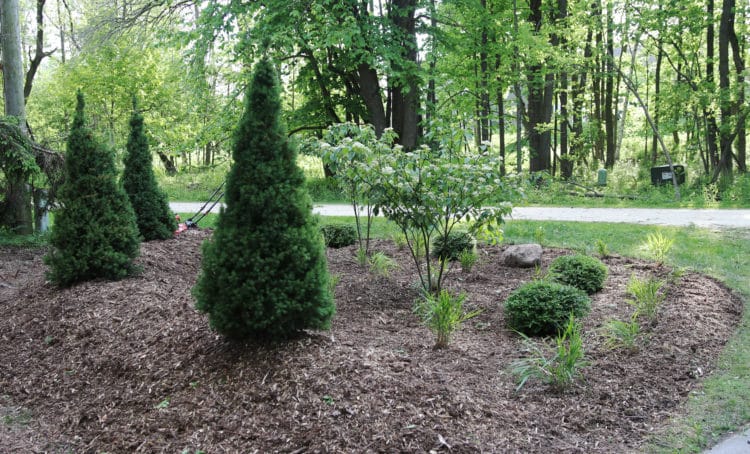
So what was the problem? Well, it’s one thing to research the plants you want; it’s quite another to find them.
This has been a source of frustration for me for years. There are amazing plants out there, but it’s nearly impossible to find them locally. I’m willing to (and often do) drive up to an hour to nurseries, which covers the biggest metropolitan area in the state of Wisconsin, but most stock only the most basic plants. The fact is, at least here, the independent garden centers tend to compete with the big box stores by carrying the most common plants. I understand this strategy; few people are walking into garden centers asking for plants by their botanical name and looking for a specific cultivar. I know I’m the exception, but I also know that many would do their customers a great service by helping them find better plants that aren’t the same as what they see at all their neighbors’ houses.
I don’t want to turn this into a diatribe against the way garden centers near me run their businesses because I know it’s a very difficult. But the fact is, unless you live in an area with a few excellent and inventive garden centers, researching a plant online may not be the best place to start.
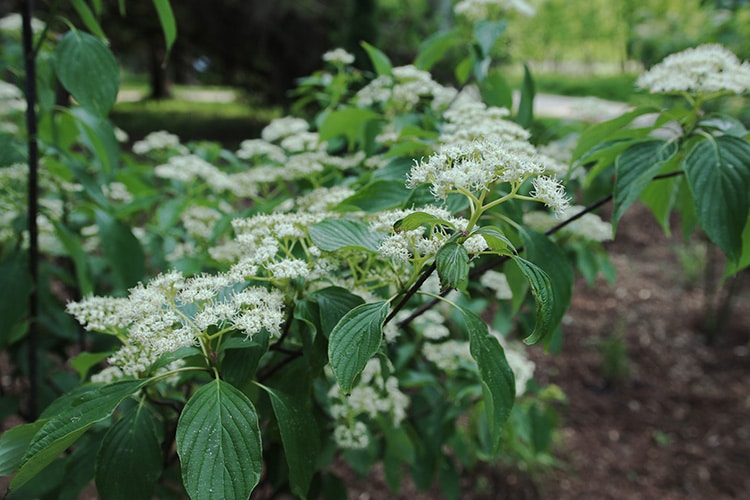
Given that, here’s the way I now search for plants that I’m going to buy locally (I’ll get into online plant buying in a bit):
No matter where or how you are buying plants there are a few things that are non-negotiable. The vast majority of the time, you must choose a plant that will grow in your zone. The exception to this is if you are growing in a very specific microclimate and even then you should understand you’re taking an additional risk by pushing the zone. (You can check your USDA growing zone here.)
The next non-negotiable consideration is the amount of light you’ll be growing in. Be honest with yourself! I have fooled myself into thinking that there was more sun in an area than there was just so I could try to grow a full-sun plant and it rarely turns out well.
This includes things like the soil type if it’s notable or unusual (think boggy or very sandy) and other concerns. In the case of our privacy screen garden, it was imperative that the plants be deer resistant. We have a lot of deer here and I can fight them off with various methods close to the house, but there’s no way I’d be able to keep them away from plants this far from where we (and the dogs) live. Other considerations could be salt tolerance, either growing in a marine environment or near a road where road salt is used in winter and could be splashed on the plants.
This is sort of the basic and fun part of plant selection. Evergreen or deciduous? Tree, shrub, perennial or annual? How much maintenance are you OK with committing to? Are flowers important? Do you have a specific color palette in mind? Do you want plants to perform a particular service, such as adding screening, attracting pollinators, providing food or habitat for wildlife or create a certain feeling?
You probably don’t need to think about this much; you probably already have the vision in your head, but it’s worth making a mental note of what it is about the plants in that vision that you liked because it will come into play later.
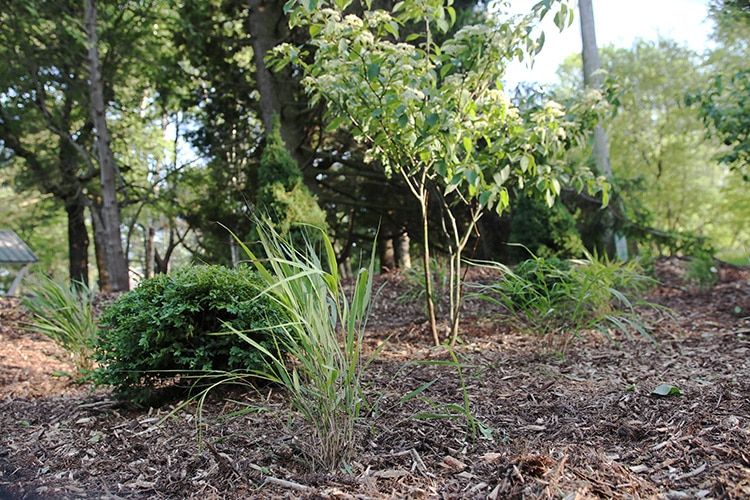
This is the part where my suggestions for how to find plants differ from conventional wisdom. This is the stage where I used to pore over magazines, books and websites to find the perfect plant that fit all my needs and wants. But I’ve learned that that part comes later.
For instance, for the garden at the end of the driveway, I knew I wanted an evergreen that fit the following criteria:
That was it. I wasn’t fussy about form, color or texture, which I thought would make the search relatively easy.
Then I hit the plant lists of several garden centers I frequent. I’m so appreciative of garden centers that publish their plant lists (or at least lists of trees and shrubs) because it makes it a lot easier to scope things out. I always follow up with a phone call before expecting a plant to be there, however. Then there are trips to garden centers and phone calls to others farther away. Some garden centers are helpful and can offer suggestions if you give them your criteria (tip: ask for the nursery manager, a lot of seasonal help don’t have the experience to do this).
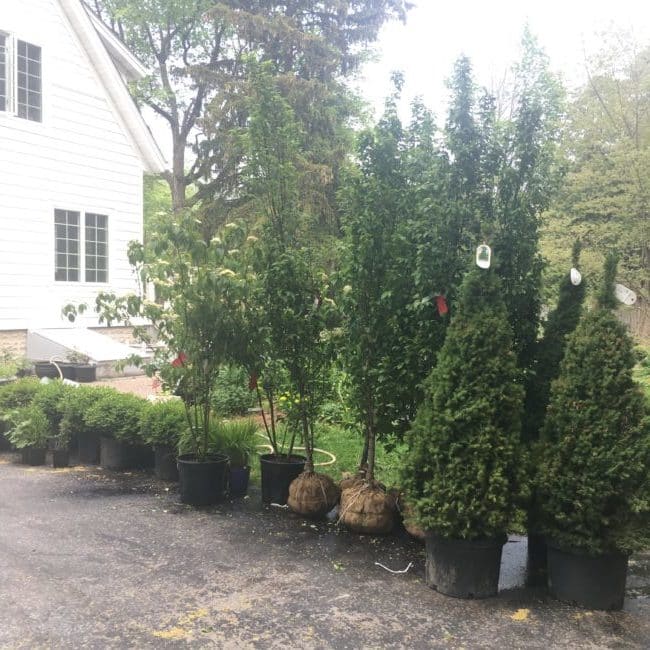
The time to hop online or consult books or magazines on a specific plant doesn’t come until now. And I’ll tell you why: There is no point wasting time researching plants that you can’t get. So it’s actually easier to find out what is available to you that meets your criteria, the go research those plants and compare them.
When it comes to researching plants online, I typically start with information from botanic gardens (Missouri Botanical Garden and the Chicago Botanic Garden are excellent sources, particularly for midwestern and, to a certain extent, East Coast gardens) and university-related sites, found by adding .edu to your search terms. I also search for personal experience with a plant, found on blogs and online forums, as well as photos of a plant.
Now’s the time to go back to the garden center and make your purchase.
I will offer a caveat to all these steps. There are some excellent garden centers out there who will be able to do much of this work for you in one trip to the nursery if you get to the right person and they have good stock. If you find this unicorn of a gardening eden, give them your business and thank them (profusely) for their help. Then make that knowledgable employee your friend, so you can call or request to talk to them in the future. Baked goods may help with this, but I’ve never gotten that far so I can’t say for sure.
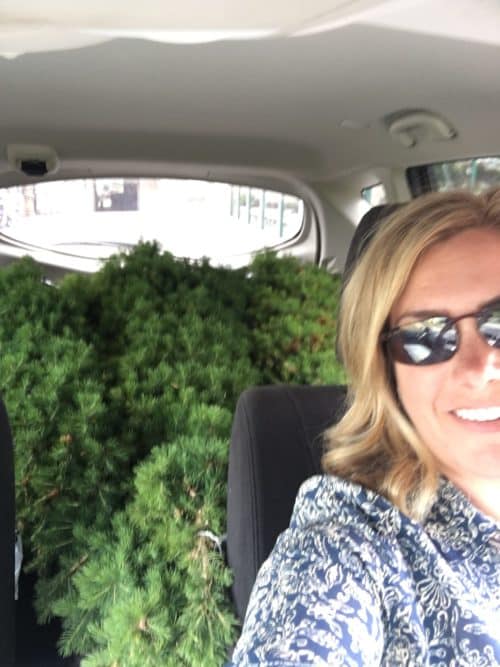
Online nurseries, particularly specialist nurseries, have amazing offerings and they are the place to go when you are looking for something different and you’re willing to wait for a small plant to grow a bit (or you’re OK paying a lot in shipping). I often buy plants online but for me it would be difficult to do a larger project with plants entirely purchased online.
The new garden at the end of the driveway turned out well; I’m quite happy with it. But I ended up with evergreens I never thought I would have: dwarf Alberta spruces. These trees are ubiquitous, even maligned because people are sick of seeing them. They aren’t really notable in a lot of ways and perhaps not the world’s most attractive tree, but I landed on them because they were one of two trees I found that would meet my criteria for evergreens in that location. Size and part sun turned out to be the most difficult items to check off the list, but the dwarf Albertas ticked both those boxes.
Getting to those spruces took many hours, but it doesn’t have to be that hard. Start with what you know you can get, then figure out what will work for your garden.
[custom_code name=”amazon”]
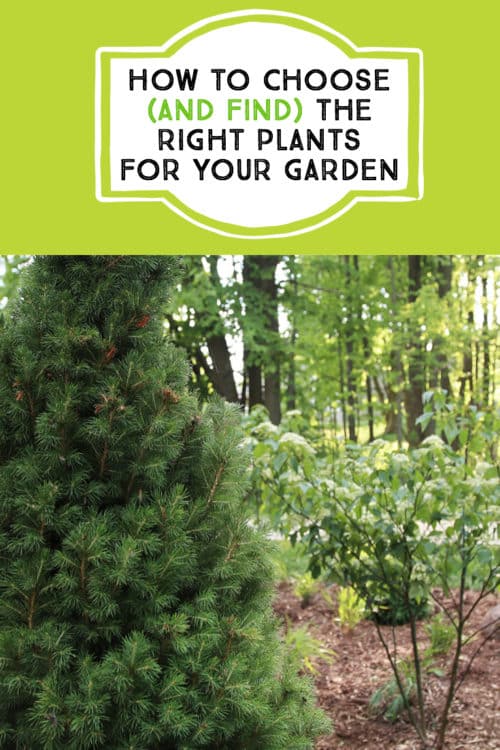
What would you like to know? Search, or jump to categories below.